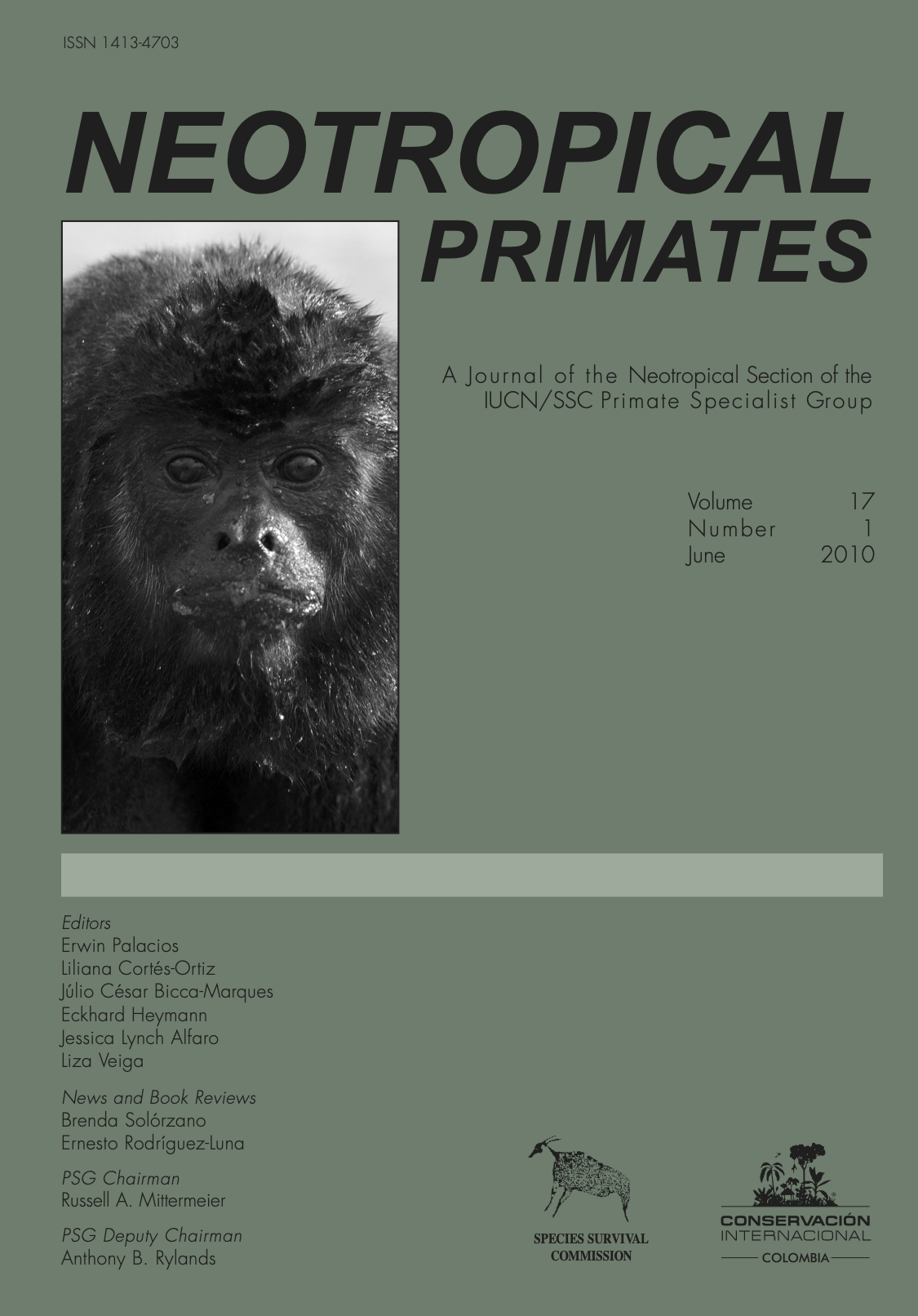Cambios demograficos en poblaciones de primates de la region sur de Los Tuxtlas, Mexico: analisis longitudinal 1985–2008
DOI:
https://doi.org/10.1896/044.017.0107Keywords:
demographic parameters, population trends, Mexican primates, conservationAbstract
This analysis is based on a census of the primate populations of the southeastern part of the Los Tuxtlas Biosphere Reserve. The demographic data obtained in 2008 were compared to those formerly reported in 1985, to identify the primate population trends in this region. A total of 37 individuals of Alouatta palliata mexicana and 68 individuals of Ateles geoffroyi vellerosus were found in 12 fragments. The size of the total primate population in this site is similar to that reported at the end of the 80’s. Nonetheless, the ecological density was higher and a wane in the adult females and immature proportions within primate groups was observed. This could be considered as the beginning of demographic decline processes inside primate population in this region, which could be a consequence of a decrease in habitat quality and quantity. Improving the connectivity between forest fragments was suggested as a conservation measure within a strategy that takes into account the complexity of land dynamics in the region.

Downloads
Published
Issue
Section
License

This work is licensed under a Creative Commons Attribution-NonCommercial-ShareAlike 4.0 International License.


